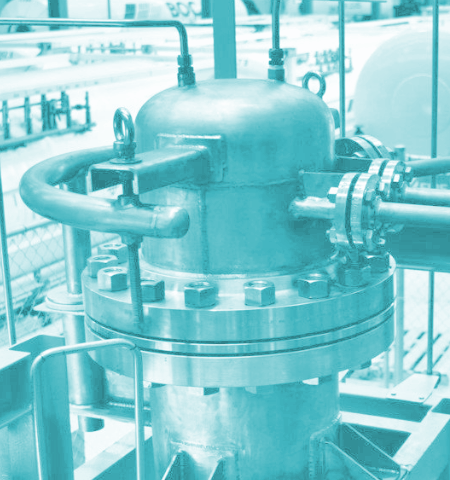Wastewater fuel funds raised
 Millions have been raised for a new wastewater-to-renewable hydrogen project.
Millions have been raised for a new wastewater-to-renewable hydrogen project.
Perth-based Hazer Group has raised $8.4 million through a share placement to fund a project turning wastewater into green hydrogen and graphite.
The money will be used in the construction of Hazer’s Commercial Demonstration Plant (CDP) and ongoing research and development.
The proposed Hazer Process CDP should be able to produce a 100 tonnes per annum of low-emission hydrogen. The facility will convert bio-methane from wastewater into renewable hydrogen, while also producing 380 tonnes of graphite annually using an iron ore catalyst.
“With the completion of this funding package, Hazer is strongly positioned to construct, commission, and operate our Commercial Demonstration Project, a major milestone in scaling up the Hazer technology,” said Hazer Group Chairman Tim Goldsmith.
“I look forward to working with the Hazer team to finalise the project arrangements and take a final investment decision on the project in the immediate future.”
Hazer’s proposed CDP will be located at the Woodman Point Wastewater Treatment Plant in Munster, Western Australia.
It will be the first large-scale, fully integrated deployment of the Hazer Process - a key step in fully commercialising the technology that was originally developed by the University of Western Australia (UWA).
The technology uses the waste biogas released during the wastewater treatment process as solid matter – biosolids.
Most of this renewable fuel source is currently being used to produce electricity for the treatment plant, with the excess burned off. The new site should allow it to be converted into valuable materials.
The Hazer process is an alternate hydrogen pathway to the traditional approach of using steam methane reforming and electrolysis.
It should be able to achieve savings for hydrogen producers, and provide green hydrogen for use in clean energy applications and large chemical processing industries.








 Print
Print